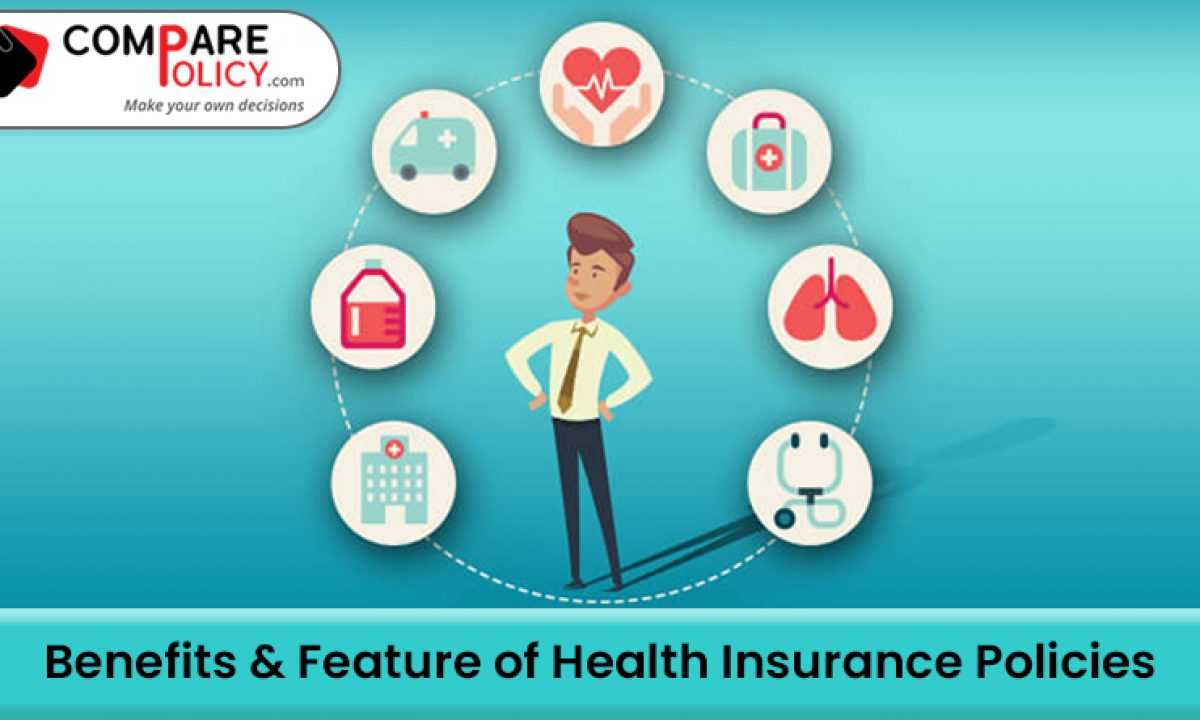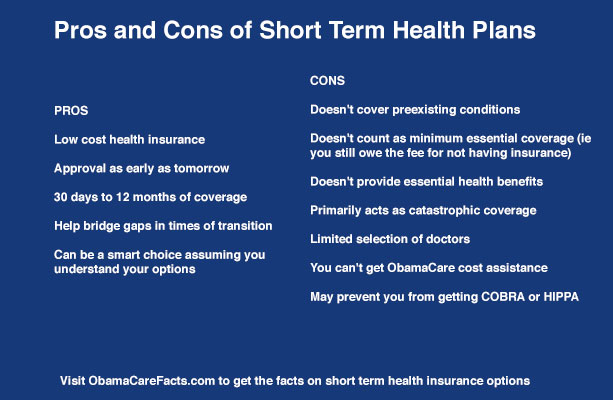Unknown Facts About Medicare Advantage Agent
Table of ContentsThe Main Principles Of Medicare Advantage Agent The Facts About Medicare Advantage Agent RevealedThe 45-Second Trick For Medicare Advantage Agent

adheres to from perplexing the fairly young age profile of the without insurance with the better wellness, usually, of more youthful persons. This obscures the link in between health and wellness standing and medical insurance. For those without accessibility to work environment medical insurance, bad health is a prospective barrier to buying nongroup coverage due to the fact that such insurance coverage might be very priced, exclude preexisting conditions, or be merely not available. The number of uninsured Americans is not particularly big and has actually not transformed in recent times. Seven out of 10 participants in an across the country depictive survey assumed that less Americans lacked medical insurance than in fact do(Fronstin, 1998). Roughly fifty percent(47 percent )thought that the number of individuals without medical insurance lowered or remained consistent over the last fifty percent of the last years(Blendon et al., 1999). This decrease of almost 2 million in the number of individuals 'without insurance coverage (a reduction
of about 4 percent)is definitely a positive adjustment. With a softer economic situation in 2000 the most up to date reported gains in insurance policy protection might not continue(Fronstin, 2001 ). The decline in the number of uninsured will not continue if the economy stays slow and healthcare prices proceed to surpass rising cost of living. This is due to the fact that the data were gathered for a duration of solid financial efficiency. Of the approximated 42 million people who were without insurance, all however concerning 420,000(regarding 1 percent)were under 65 years of age, the age at which most Americans become qualified for Medicare; 32 million were adults between ages 18 and 65, about 19 percent of all adults in this age group; and 10 million were youngsters under 18 years of age, concerning 13.9 percent of all kids (Mills, 2000). These estimates of the variety of individuals uninsured are generated from the annual March Supplement to the Current Population Study (CPS), conducted by the Demographics Bureau. Unless or else noted, national estimates of individuals without medical insurance and percentages of the population with various sort of protection are based upon the CPS, one of the most widely made use of source of price quotes of insurance coverage and uninsurance rates. These surveys and the quotes they generate are explained briefly in Table B. 1 in Appendix B - Medicare Advantage Agent. These surveys differ in size and tasting techniques, the concerns that are inquired about insurance policy
Not known Facts About Medicare Advantage Agent
insurance coverage, and the time period over which insurance policy protection or uninsurance is gauged(Lewis et al., 1998, Fronstin, 2000a ). Still, the CPS is especially valuable since it generates annual price quotes fairly rapidly, reporting the previous year's insurance policy coverage estimates each September, and because it is the basis for a constant set of estimates for even more than twenty years, permitting evaluation of patterns in protection over time.

9 Easy Facts About Medicare Advantage Agent Explained
Over a three-year duration beginning early in 1993, 72 million individuals, 29 percent of the U.S. population, were without coverage for at the very least one month. Within a solitary year(1994), 53 million people experienced at the very least a month without coverage(Bennefield, 1998a). 6 out of every 10 uninsured grownups are themselves used. Although working does boost the chance that one and one's member of the family will certainly have insurance policy, it is not an assurance. Even participants of families with 2 permanent breadwinner have virtually a one-in-ten possibility of being without insurance (9.1 percent without insurance price)(Hoffman and Pohl, 2000 ). The connection between wellness insurance policy and access to care is well developed, as recorded later in this chapter. The connection in between health insurance policy and health end results is neither straight nor easy, an extensive professional and health and wellness solutions research study literature web links health and wellness insurance policy protection
to improved access accessibility care, better qualityTop quality and improved enhanced and population populace statusStanding The 2nd report, on personal wellness results for uninsured grownups, is stood for by the inner circle of the number, while the third report, on family wellness, encompasses the topics of the second record yet emphasizes a various unit of evaluation, namely, the family. The sixth record in the collection will certainly provide info concerning approaches and efforts taken on in your area, statewide, or across the country to attend to the lack of insurance coverage and its unfavorable effects. Levels of evaluation for taking a look at the effects of uninsurance. This conversation of health insurance policy protection concentrates mainly on the united state population under age 65 because virtually all Americans 65 and older have Medicare or various other public protection.
Additionally, it focuses specifically on those without any type of medical insurance for any type of length of time. The troubles faced by the underinsured remain in some aspects comparable to those dealt with by the uninsured, although they are generally less serious. Uninsurance and underinsurance, nevertheless, include clearly different policy issues, and the techniques for addressing them may differ. Throughout this research and the 5 reports to follow, the main emphasis gets on persons with no medical insurance and therefore no aid in paying for healthcare beyond what is offered with charity and safety and security internet institutions. Medical insurance is an effective variable impacting receipt of care because both individuals and physicians respond to the out-of-pocket cost of solutions. Medical insurance, however, is neither needed neither sufficient to get to medical services. The independent and direct result of wellness
insurance insurance policy on access accessibility health wellness solutions well established. Others will acquire the health care they require even without medical insurance, by spending for it out see this site of pocket or seeking it from companies who offer care totally free or at highly subsidized prices. For still others, medical insurance alone does not make sure invoice of treatment since of various other nonfinancial barriers, such as a lack of wellness care companies in their area, restricted access to transportation, illiteracy, or etymological and cultural differences. Formal research study about without insurance populations in the United States dates to the late 1920s and very early 1930s when the Board on the Price of Treatment generated a collection of records about financing medical professional workplace visits and hospitalizations. This issue ended up being significant as the varieties of clinically indigent climbed up during the Great Anxiety. Empirical studies consistently sustain the web link between access to care and boosted wellness results(Bindman et al., 1995; Starfield, 1995 ). Having a routine resource of treatment can be thought about a forecaster of access, instead than a direct procedure of it, when health end results are themselves utilized as access indicators. This expansion of the notion of accessibility dimension was made by the IOM Board on Checking Gain Access To to Personal Wellness Care Solutions(Millman, 1993, p. Whether or not moms and dads are insured appears to affect whether their children get treatment in addition to just how much careeven if the youngsters themselves have coverage(Hanson, 1998). The health and wellness of moms and dads can influence their capability to look after their children and the degree of household stress and anxiety. Bothering with their kids's accessibility to care is itself a source of anxiety for moms and dads. 3 phases comply with in this record. Phase 2 offers a summary of how employment-based health and wellness insurance, public programs and individual insurance coverage operate and engage to offer comprehensive yet insufficient coverage of the united state population. This includes an evaluation of historical fads and public laws influencing both public and exclusive insurance coverage, a conversation of the interactions among the various kinds of insurance policy, and an assessment of why individuals move from one program to one more or wind up

 Jaleel White Then & Now!
Jaleel White Then & Now! Judge Reinhold Then & Now!
Judge Reinhold Then & Now! Tahj Mowry Then & Now!
Tahj Mowry Then & Now! Freddie Prinze Jr. Then & Now!
Freddie Prinze Jr. Then & Now! Elisabeth Shue Then & Now!
Elisabeth Shue Then & Now!